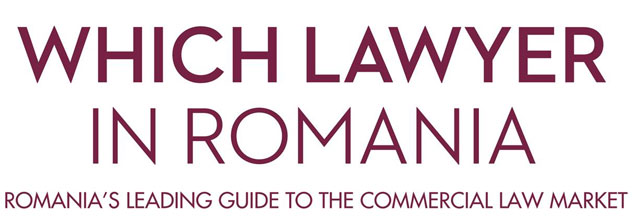
Despite global economic headwinds and geopolitical uncertainties, the mergers and acquisitions (M&A) landscape in Central and Eastern Europe (CEE) demonstrated remarkable resilience in 2024.
According to the latest CEE M&A report from Forvis Mazars, prepared in collaboration with Mergermarket, the region saw a notable divergence between deal volume and value: while the total value of transactions declined by 30%, the number of deals rose by 3% compared to 2023. This suggests that investor interest remains strong despite a slowdown in high-value transactions.
A Market Holding Its Ground
The CEE region recorded a total of 1,270 transactions, amounting to €27.4 billion in 2024. While this represents a significant drop in value, deal volume remained stable, signaling confidence among investors and businesses alike. Though some industries, such as automotive and real estate, faced heightened pressures, the market has not yet seen a surge in distressed asset sales.
“We are prepared for a restructuring cycle, but it still hasn’t happened. Most of the activity still revolves around growing, buying, and selling businesses,” noted Andrija Garofulić, Partner at Forvis Mazars in the Adria subregion.
The study also highlights a relatively stable private equity (PE) market. While PE buyout volumes have declined for the third consecutive year, with 160 deals announced in 2024 (a 2% drop from 2023), the sector continues to attract European investment. Total PE buyout value fell by 18% to €5.6 billion, yet this remains well above pre-2022 levels.
“European fundings have helped to create new opportunities, giving confidence to PE funds to emerge and expand,” said Răzvan Butucaru, Partner at Forvis Mazars in Romania. “This will develop the region, boost local entrepreneurs’ confidence, and help them build more mature businesses.”
Key Regional and Sectoral Trends
Poland, Austria, and Romania continued to lead the region in deal volume, with Hungary emerging as the top market in terms of total deal value (€6.5 billion), largely due to two high-value transactions.
From a sectoral perspective, technology and industrials remained the most attractive targets for inbound investors. Technology accounted for 216 deals, 133 of which involved non-CEE acquirers, while industrials saw 82 cross-border transactions.
A notable trend was the growing prominence of the energy and utilities sector, particularly in Romania, where one in five M&A transactions fell within this category. The country’s most significant energy deal of 2024 saw Greece’s Public Power Corp acquire a renewable energy portfolio from Macquarie Asset Management-owned Evryo Power for €700 million.
Romania: A Standout Performer
Romania has solidified its position as the third most attractive investment destination in the CEE region. The country recorded 138 transactions in 2024, a 6% increase from 2023, despite a 41% decline in total deal value to €2.4 billion. This resilience underscores the country’s ability to attract investment even in uncertain times.
“The past few years have been truly positive for Romania. We have gained significant visibility among inbound investors, and it has been inspiring to see local companies grow and mature,” Butucaru noted.
With Romania’s full Schengen accession effective since January 2025 and a major infrastructure push that includes nearly 800 kilometers of new highways and express roads, the country is positioning itself as an even more appealing destination for international investors. These developments are expected to drive further economic growth and M&A activity in the coming years.
Outlook for 2025
While political and economic uncertainties loom over the region, particularly with upcoming elections in key European markets, the CEE M&A outlook remains cautiously optimistic. The easing of geopolitical conflicts and a potential shift in global trade patterns could further boost investment in the region.
“CEE is a natural place for manufacturing in Europe, and at least part of the reshoring trend is benefiting the region,” Garofulić observed.
With economic growth in CEE projected to outpace Western Europe and monetary policy shifts potentially easing valuation disputes, the region is poised for continued investment activity. As businesses and investors adapt to shifting global dynamics, CEE’s role as a vital economic hub remains as compelling as ever.



 February 21, 2025 04:22
February 21, 2025 04:22 










